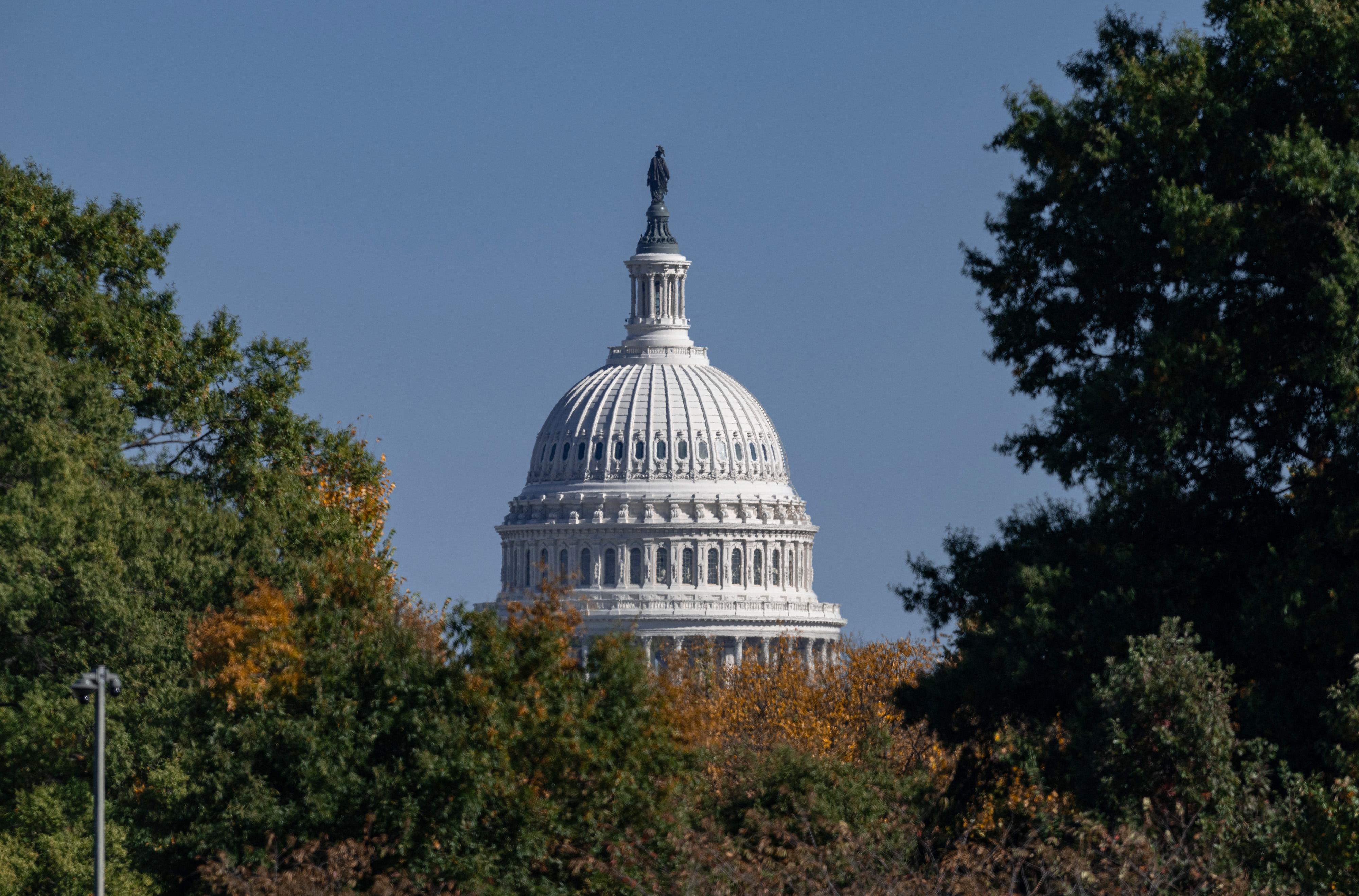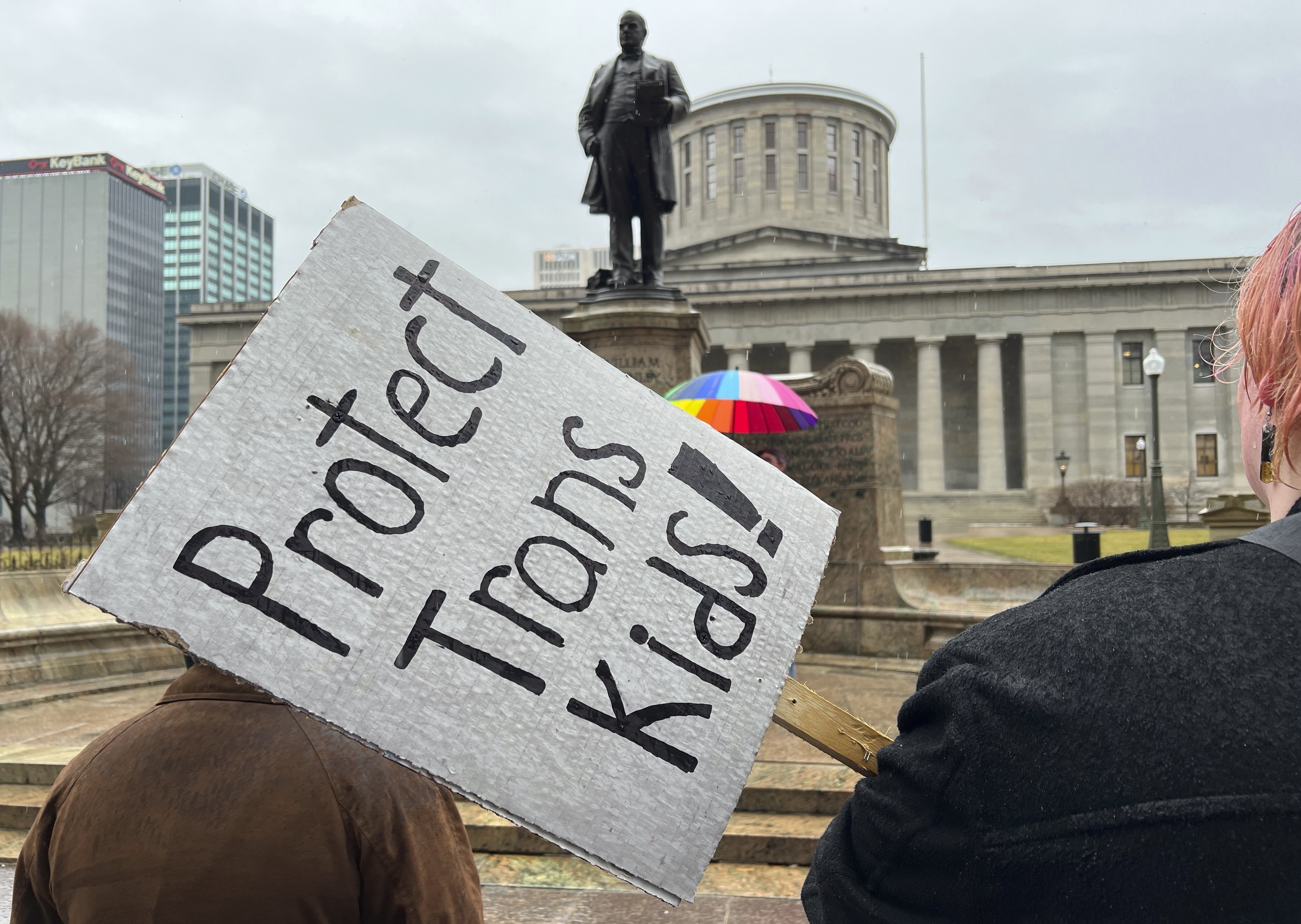Red Lobster’s new CEO is attempting to revive the seafood chain, which has been a staple of the casual dining industry for more than half a century, with millennial mojo, NBC News reports.
“We want to make the restaurants more fun,” Damola Adamolekun, 35, said. “We want to make this more energetic.”
WATCH ANYTIME FOR FREE
Stream NBC10 Boston news for free, 24/7, wherever you are. |
Red Lobster is turning to millennial leadership to bring in younger guests, which the chain needs after closing more than 100 of its 640 restaurants earlier this year. Visits to Red Lobster were down more than 43% in October compared to the same time last year, according to data from Placer.ai, a location analytics company.
Red Lobster has since emerged from bankruptcy, ushering in a new era for the once-major seafood chain. Fortress Investment Group is kicking in $60 million toward reshaping the brand’s value offerings, service and atmosphere.
Get updates on what's happening in Boston to your inbox. Sign up for our News Headlines newsletter.
On Monday, Adamolekun, who’s been in the job since late August, announced a brand-new menu. He’s introducing nine new items — and bringing back old favorites like hush puppies.
“There should be some equal rejoicing on social media once you bring those back,” Adamolekun said.
He also plans to freshen up locations by fine-tuning lighting and decor, while creating new music playlists. With 40% of his guests over the age of 55, Adamolekun wants his improvements to appeal to all generations.
U.S. & World
“You have to strike a balance,” he said.
Red Lobster’s problems mirror many of the difficulties plaguing casual restaurant chains.
Overall visits to full-service restaurants were down 2% in the third quarter of this year. TGI Fridays recently closed 50 restaurants and filed for Chapter 11 bankruptcy after foot traffic was down more than 35% from this time last year, according to Placer.ai. Breakfast chain Denny’s is expected to close 150 stores soon.
Higher food costs and scarce labor took a toll, according to R.J. Hottovy, Placer.ai’s head of analytical research. As prices crept up at these restaurants, which are intended to provide an affordable night out for families, consumers instead opted to stay home or dine at restaurants offering value deals.
“Some brands like Olive Garden have driven increases in visitation trends through value-oriented promotions like the Never-Ending Pasta Bowl and other menu innovations,” Hottovy said.
Red Lobster infamously tried the promotion route in summer 2023, when it made its trademark $20 endless shrimp meal deal permanent in a bid to lure inflation-weary customers. But the deal was costly for Red Lobster — the company lost $11 million from that promotion alone, according to court documents.
“When you’re trying to offer value, there needs to be a hook to bring the consumer in, but you can only give away so much food before you stop making money,” said Jim Salera, a restaurant industry analyst at Stephens.
Adamolekun criticized Thai Union, the global seafood giant that became Red Lobster’s primary shareholder in 2020, for what he called its mismanagement of the company and for pushing the permanent endless shrimp deal, which Adamolekun said pushed the company into bankruptcy faster.
“It changes the experience for your core customer, and I think you lost a lot of them,” he said.
Thai Union announced in January that it would begin a complete exit from Red Lobster. Fortress later appointed Adamolekun, who previously ran restaurant chain P.F. Chang's, to lead Red Lobster after bankruptcy.
Now, Red Lobster is trying to balance keeping its loyal customers while trying to shake its stodgy image to attract younger ones. Its new menu still offers value, featuring new pastas for around $15 and three variations of shrimp for $20. But Adamolekun said he is also prioritizing the dining experience, investing in new technology to measure inventory and calculate table wait times, to make it more in tune with millennial expectations.
“Everybody knows Red Lobster,” he said. “But how do you translate awareness to relevance?”
It will be an uphill battle, said Caitlin Daniel, a sociologist who studies food choice at Harvard University. Nostalgia isn’t always enough to carry a chain like Red Lobster, she said.
“There’s the question of being able to compete with other places that would provide a more compelling alternate experience,” she said.
That’s why Adamolekun hopes his changes will also give younger customers the experience they’re looking for.
“If you want to have a future, then you need to engage younger guests,” he said. “If you want to be here in 20, 30 years, you need millennials.”
This story first appeared on NBCNews.com. More from NBC News:



